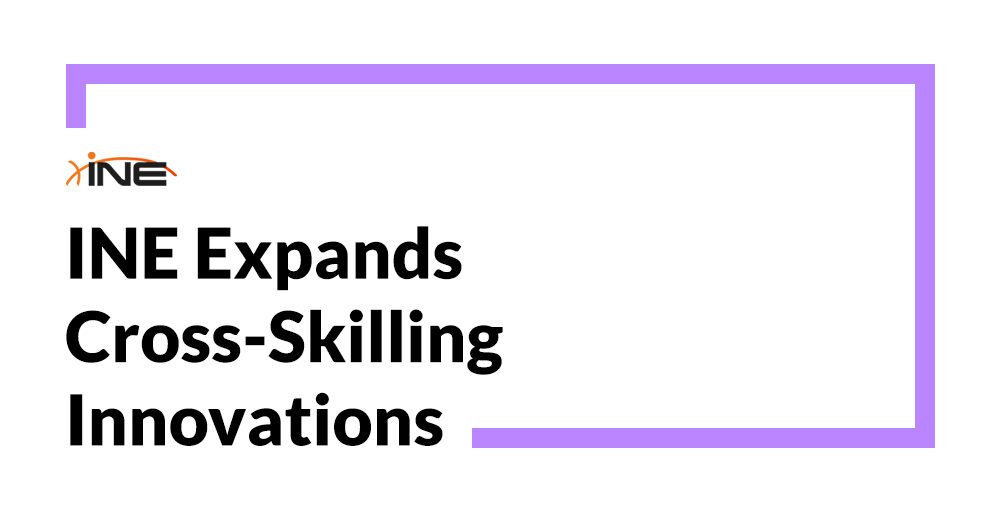Every major piece of Australian infrastructure, from the iconic curves of the Sydney Harbour Bridge to the complex tunnel networks of Brisbane’s Cross River Rail, began its life as a line on a page or a pixel on a screen. Before a single sod is turned or a beam is lifted, the abstract laws of physics must be translated into clear, actionable instructions.
In the Australian engineering sector, drafting is frequently misunderstood. It is often dismissed as merely “drawing” or “tracing” the ideas of others. However, in a modern context, drafting is a highly technical, legally critical profession that serves as the backbone of the construction and manufacturing industries. This article explores what drafting engineers actually do in Australia, how the role is evolving, and why these skills remain indispensable in an age of automation.
What Does a Drafting Engineer Do in Australia?
At its core, a drafting engineer (often titled a “Civil Designer,” “Structural Drafter,” or “BIM Technician” in job ads) acts as the bridge between the theoretical design and the physical reality. While a Design Engineer calculates what needs to be built to withstand loads and stresses, the Drafting Engineer determines how to communicate that design so it can be manufactured and assembled without error.
The Day-to-Day Responsibilities
In a typical Australian consultancy, whether it’s a Tier 1 firm like Arup or Aurecon, or a local council engineering team, the drafting engineer’s role is multifaceted:
- 3D Modeling & Information Management: The days of 2D drawing boards are long gone. Today, drafters build “intelligent” 3D models using Building Information Modelling (BIM) software. They aren’t just drawing a wall; they are inserting a digital object that knows its material (e.g., reinforced concrete), its thermal properties, and its cost.
- Clash Detection: This is one of the highest-value tasks a drafter performs. Using software like Navisworks, they simulate the construction process to ensure that the proposed air-conditioning duct doesn’t run straight through a structural steel beam. Catching this “clash” on a computer screen costs nothing; catching it on a construction site costs thousands of dollars in delays and rework.
- Precise Fabrication Detailing: Using structural detailing software like Tekla Structures, drafters ensure that every connection from a simple bolted joint to a complex fabricated component, such as those detailed for equipment supplied by companies like SureWeld, is specified with precise tolerances, welding symbols, and material grades required for the manufacturer.
- Compliance (The “Gatekeeper”): Ensuring every output meets AS 1100 (Australian Standard for Technical Drawing). This includes correct line weights, symbols, and projection methods. If a drawing is ambiguous, the liability often traces back to poor drafting standards.
- Site Coordination: In the mining resources sector (common in WA and QLD), drafters often visit sites to measure “As-Built” conditions, updating the models to reflect what was actually built versus what was planned.
The Australian Context: Pathways, Salary, and Software
The drafting profession in Australia is distinct from the US or UK markets due to our specific educational frameworks and software preferences.
Educational Pathways: TAFE vs. University
In Australia, drafting is traditionally a vocational skill, championed by the TAFE system.
- VET Sector (TAFE): The most common entry point is the Certificate IV in Engineering Drafting (MEM40422) or the Diploma of Engineering – Technical (MEM50222). These courses are highly respected by employers because they focus on practical software skills and Australian Standards from day one.
- University: It is also common for junior engineers (Bachelor’s degree holders) to spend their first 2–3 years in a drafting rotation. This “baptism by fire” forces them to learn how things go together before they are allowed to design them.
The Software Landscape
Proficiency in specific software packages drives employability in Australia:
- Civil & Infrastructure: 12d Model is the king of civil design in Australia. It is locally developed and widely used for road and drainage design by councils and huge alliances. AutoCAD and Civil 3D are also staples.
- Structural & Buildings: Revit is the industry standard for BIM in vertical construction, while Tekla Structures dominates the steel detailing market.
- Mechanical & Mining: SolidWorks and Autodesk Inventor are preferred for manufacturing and plant machinery design.
Salary Expectations (2024/2025 Figures)
Drafting is a lucrative career path in Australia, particularly due to the skills shortage in the construction sector.
- Junior / Graduate Drafter: $65,000 – $75,000 AUD + Super.
- Mid-Level Drafter (3–5 years): $85,000 – $105,000 AUD + Super.
- Senior / Principal Drafter: $120,000 – $150,000+ AUD. (Note: Contract rates in the WA mining sector can push this significantly higher, sometimes exceeding $180k for specialised piping or electrical designers).
Drafter vs. Engineer: Clearing the Confusion
A common question is: “Why do we need drafters if engineers have computers?“
The distinction lies in Liability vs. Communication.
- The Design Engineer focuses on the Why and What. They sign off on the safety and structural integrity. They deal with physics, fluid dynamics, and statics. If the bridge collapses because the steel was too weak, the Engineer is responsible.
- The Drafting Engineer focuses on the how. How do we represent this complex geometry clearly? How do we detail the connection so the boilermaker can weld it easily? If the bridge parts don’t fit together on site because the drawings were unclear, the Drafting team is responsible.
In modern “Digital Engineering” workflows, this line is blurring. We now see Engineering Technologists who bridge the gap—possessing the technical theory of an engineer but the software wizardry of a drafter.
Why Do We Need Drafting Skills in Engineering?
If you are an engineering student thinking you can skip learning to draft because “the technicians will do it,” think again. Drafting skills are critical for three major reasons:
1. The “Cost of Confusion” (Rework)
Research in the Australian construction industry consistently highlights that rework accounts for a significant portion of total project costs, often estimated between 5% and 10%. A massive chunk of this is due to “poor documentation.” A drafting error isn’t just a typo. If a drafter misreads a level on a foundation plan, concrete might be poured half a meter too high. Jackhammering that out and repouring it can cost tens of thousands of dollars. Drafting skills are essentially risk management tools. Clear, standardised drawings act as an insurance policy against expensive on-site errors.
2. Safety in Design (SiD)
In Australia, Safety in Design is not just a concept; it is a legal obligation under Work Health and Safety (WHS) legislation. Drafting is the primary vehicle for SiD. A skilled drafter doesn’t just draw a tank; they think about the human who has to clean it. They will add specific notations, highlight confined spaces, or design access platforms that ensure the maintenance crew can work safely 10 years down the track. Without clear drafting, these safety features are lost in translation.
3. The Legal Contract
Ultimately, a set of engineering drawings is a legal contract between the client and the builder. When a dispute arises, for example, if a builder claims a “variation” for extra work, the lawyers will look immediately at the drawings. If the drawing was vague, the client loses money. If the drawing was precise (thanks to skilled drafting), the contract holds. Drafting skills protect the commercial interests of the engineering firm.
The Future: Digital Twins and the ISO Shift
The role of the drafting engineer is currently undergoing its biggest shift in 30 years.
From Drawing Lines to Managing Data
We are moving away from producing static paper plans (or PDFs) and toward Digital Twins—virtual replicas of physical assets. The drafter of the future will be a “Digital Information Manager.” They won’t just be worried about line thickness; they will be worried about metadata. They will ensure that the digital model of a pump contains the manufacturer’s warranty date, the serial number, and the maintenance schedule.
The Shift to ISO 19650
While AS 1100 remains the “grammar” of drawing, the “process” is moving toward ISO 19650, the international standard for BIM. Australian governments (especially in NSW and Victoria) are mandating these digital standards for major infrastructure projects. This means Australian drafters must now be fluent in global digital protocols, making their skills transferable worldwide.
AI and Automation
Will AI replace drafters? Unlikely. AI is already automating the mundane tasks, renumbering doors, batch-printing sheets, or auto-generating simple connections. This is good news. It frees the drafting engineer to focus on the high-value tasks: complex spatial coordination, problem-solving, and creative design solutions that AI simply cannot replicate.
Conclusion
The drafting engineer is the unsung hero of the Australian engineering world. They are the translators who turn the poetry of physics into the prose of construction.
For aspiring engineers, developing drafting skills is not “beneath” you; it is the fastest way to become useful to your team. It teaches you how things go together, how to communicate your intent, and how to spot errors before they become disasters.
As Australia continues its infrastructure boom, the demand for skilled drafters who can navigate the worlds of AS 1100, Digital Twins, and 12D Model is higher than ever. It is a profession that offers a unique blend of creativity, technical rigour, and the satisfaction of seeing your lines on a screen turn into steel and concrete in the real world.



































